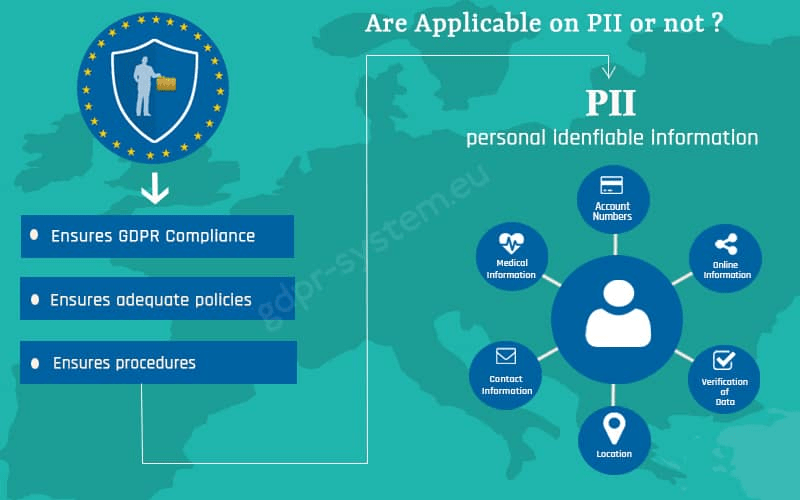Understanding Google Analytics: What Data Does Google Analytics Prohibit Collecting?
Understanding Google Analytics: What Data Does Google Analytics Prohibit Collecting?
Blog Article
Grasping the Art of Overcoming Information Collection Limitations in Google Analytics for Better Decision-Making
In the world of digital analytics, the capacity to remove significant understandings from data is critical for informed decision-making. Google Analytics stands as a powerful tool for businesses looking for to comprehend customer habits, track conversions, and optimize their online existence. However, data collection constraints within this system can prevent the accuracy and depth of the information collected. To genuinely harness the potential of Google Analytics for tactical decision-making, understanding the art of getting rid of these restraints is necessary. By using tactical methods and innovative strategies, organizations can boost their information quality, unlock hidden insights, and lead the way for more efficient and enlightened decisions.
Data Quality Assessment
Analyzing the quality of information within Google Analytics is a critical action in guaranteeing the reliability and accuracy of understandings acquired from the collected info. Information top quality assessment entails evaluating numerous elements such as accuracy, efficiency, uniformity, and timeliness of the information. One essential facet to take into consideration is data accuracy, which describes how well the information reflects the true values of the metrics being gauged. Incorrect data can bring about defective verdicts and misguided organization choices.
Efficiency of information is another essential variable in evaluating data quality. Uniformity checks are likewise crucial in information quality assessment to recognize any inconsistencies or abnormalities within the data set. By prioritizing data top quality assessment in Google Analytics, services can enhance the integrity of their analytics records and make more informed choices based on exact insights.
Advanced Monitoring Methods
Using innovative monitoring techniques in Google Analytics can dramatically improve the deepness and granularity of information collected for even more comprehensive evaluation and insights. One such technique is occasion monitoring, which allows for the surveillance of certain communications on a website, like clicks on switches, downloads of files, or video clip views. By executing occasion monitoring, companies can get a much deeper understanding of customer behavior and involvement with their on the internet material.
Furthermore, custom dimensions and metrics provide a means to customize Google Analytics to details company demands. Custom-made dimensions permit the creation of brand-new information factors, such as individual duties or customer sectors, while personalized metrics allow the monitoring of special performance indications, like profits per user or ordinary order value.
In addition, the usage of Google Tag Manager can improve the execution of monitoring codes and tags throughout an internet site, making it simpler to handle and deploy advanced tracking arrangements. By harnessing these advanced tracking methods, businesses can unlock beneficial understandings and maximize their on-line strategies for much better decision-making.
Personalized Measurement Implementation
To enhance the depth of data accumulated in Google Analytics beyond advanced monitoring strategies like occasion monitoring, companies can implement customized dimensions for even more customized insights. Personalized dimensions enable organizations to define and accumulate particular data factors that relate to their unique objectives and goals (What Data Does Google Analytics Prohibit Collecting?). By designating customized dimensions to various aspects on a web site, such as customer communications, demographics, or session details, businesses can gain an extra granular understanding of how individuals engage with their on-line residential properties

Attribution Modeling Approaches
Reliable acknowledgment modeling is vital for understanding the influence of various advertising networks on conversion paths. By using the ideal attribution version, companies can precisely connect conversions to the appropriate touchpoints along the consumer journey. One usual attribution design is the Last Communication version, which offers debt for a conversion to the last touchpoint a customer communicated with before transforming. While this model is easy imp source and easy to carry out, it commonly oversimplifies the consumer trip, neglecting the influence of various other touchpoints that contributed to the conversion.

Information Tasting Avoidance
When managing large volumes of information in Google Analytics, getting over information tasting is important to ensure exact understandings are acquired for educated decision-making. Information tasting takes place when Google Analytics approximates patterns in data as opposed to assessing the full dataset, possibly leading to manipulated outcomes. To prevent information tasting, one reliable technique is to lower the date range being examined. By focusing on much shorter time frameworks, the probability of encountering experienced information reductions, supplying a much more accurate representation of customer behavior. Furthermore, making use of Google Analytics 360, the costs version of the platform, can help minimize tasting as it permits for greater information thresholds prior to tasting begins. Applying filters to narrow down the data being evaluated can also help in avoiding tasting problems. By taking these aggressive actions to minimize data sampling, services can draw out more accurate understandings from Google Analytics, causing better decision-making and boosted overall efficiency.
Conclusion
In verdict, understanding the art of getting rid of information collection restrictions in Google Analytics is crucial for making educated choices. By conducting a complete data quality assessment, carrying out sophisticated monitoring methods, making use of custom-made dimensions, utilizing acknowledgment modeling techniques, and staying clear of data sampling, businesses can make certain that they have reputable and precise information to base their choices on. This will eventually lead to much more effective strategies and much better results for the company.

Report this page